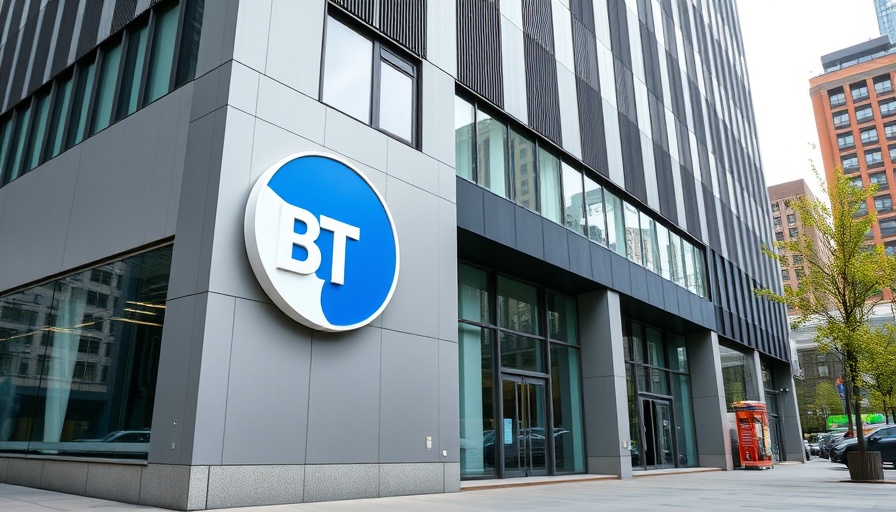
Aston Martin Takes Strategic Steps to Regain Financial Stability
Aston Martin Lagonda, a name synonymous with luxury and high-performance cars, has made headlines with its recent decision to sell a 4.6% stake in the Aston Martin Aramco Formula One Team for $146 million. This move, reported through a binding letter of intent, reflects the company's urgent efforts to improve its financial standing amid mounting pressures. The sale values the Formula 1 team at a substantial $3.2 billion—higher than initially anticipated, showcasing the rising commercial value of the sport.
What Led to This Financial Decision?
The backdrop to this strategic divestment is not solely the struggling performance of Aston Martin's share prices, which plummeted over 50% in the past year, but also a significant decline in second-quarter revenue, dropping by 34%. The sluggish demand for high-end models like the Valkyrie and the delayed Valhalla hypercar contributed to this financial distress. The company's new obligations stemming from a US–UK trade agreement that imposes escalating tariffs can also jeopardize their critical export market, placing additional strain on the luxury manufacturer.
Potential for Recovery Amid Industry Challenges
Interestingly, while Aston Martin's Formula 1 team has faced its fair share of on-track struggles, the commercial value of Formula 1 remains high. This sale, intended to empower Aston Martin to refocus on its core automotive operations, may provide the necessary liquidity to enhance upcoming model launches and electrification efforts. With renowned designer Adrian Newey stepping in as managing technical partner, optimism is brewing around a possible rebound in performance, especially with new regulations set to be introduced in 2026.
The Takeaway: Adapting Amid Adversity
The move to sell its minority stake signals a larger shift within Aston Martin, prioritizing financial health over sentimental value. As financial institutions and service providers look towards automotive investments, this case exemplifies the critical need for innovation, adaptability, and strategic foresight in an increasingly challenging economic landscape. For investors, this serves as a cautionary tale not just of the risks associated with luxury markets but also of the potential opportunities arising from mindful business restructuring.
This strategic divestment reflects the broader landscape where high-performance car manufacturers must innovate to stay competitive. As Aston Martin pivots towards solidifying its core automotive operations, its journey might be one to watch for market trends and investor insights.
 Add Row
Add Row  Add
Add 




Write A Comment